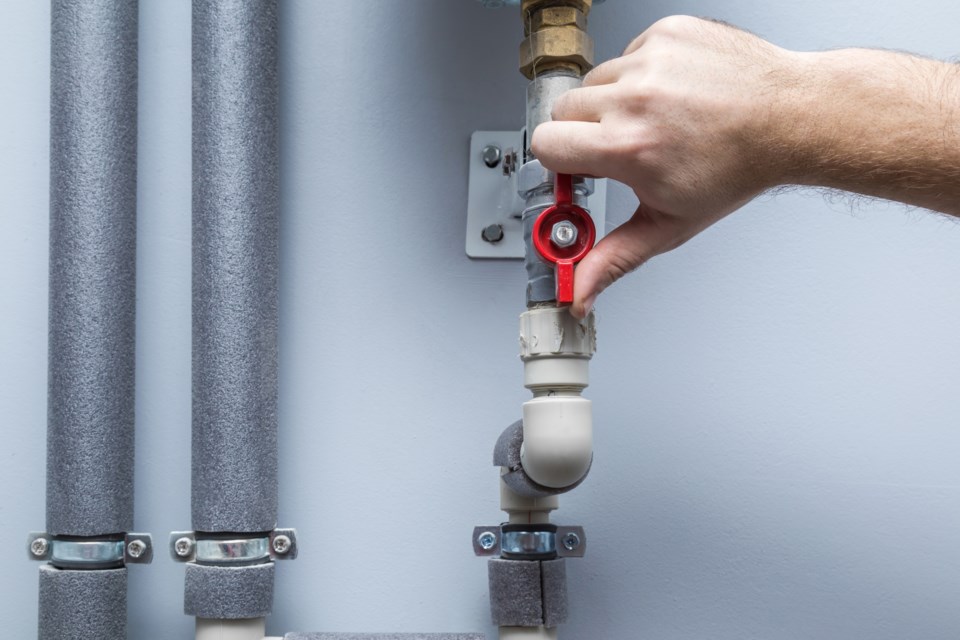A cold front hit North Texas over the weekend, bringing snow in some areas. Knowing how to turn off your home’s water valve is essential when it comes to a potential leaking pipe.
The placement of shut-off valves is influenced in part by plumbing codes and in part by the prevailing construction practices in a given region. According to Legacy Plumbing, in North Texas cities, such as Frisco, Plano, McKinney, Allen, etc., a significant number of homes were constructed between the mid-1970s and the early 2000s. While construction practices evolved during this period, the positioning of plumbing valves has generally remained consistent.
Typically, a home will have two primary shut-off valves. In accordance with plumbing codes, one main shut-off valve is required near the point where the main water supply enters the house. This valve is designed for the homeowner's use, ensuring easy access. By shutting off this valve, only the house water system will be affected, leaving the separate irrigation system or conventional fire suppression system unaffected.
Typically, in our region, you'll find this valve situated in the front flower bed, where the water supply pipe, buried in the yard, runs beneath the slab foundation to the initial "manifold." Alternatively, in more recent homes, the primary shut-off valve might be positioned behind a wall panel in the garage or within a utility room.
The second of these valves is situated at the city water meter, usually located in a buried box near the street. While this city valve is often under a locked lid, but it can be accessed and turned off in case of an emergency using common tools.
Turning off the city valve will cut off the water supply to the entire property, including any yard sprinkler system and fire suppression system. However, some larger properties might feature a separate meter for the irrigation system.
But there are also ways to protect your pipes before the worst-case scenario strikes. As Local Profile previously reported, opening cabinets under sinks can allow the home’s heat to warm the pipes. Homeowners can also allow a steady drip from both cold and hot taps or let water flow through their indoor faucets, both hot and cold, before bedtime. Adhere to the guidelines provided by your local government, which might include restrictions on water usage.
This article was originally published on Jan. 12, 2024.




